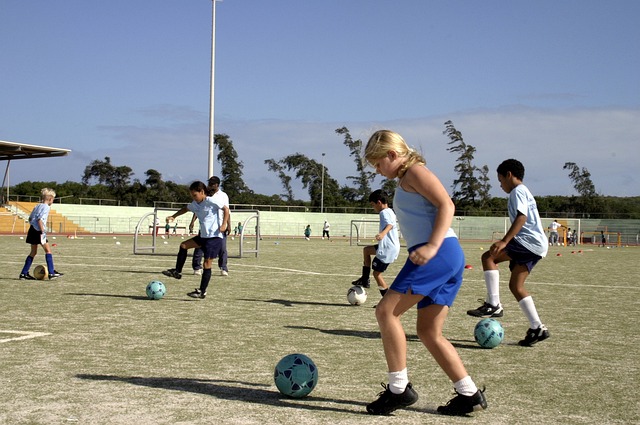The mall Santa had noticed the child in the line of kids. They were all eager to share what he was supposed to get them for Christmas. This one child looked a bit puzzled, like they were searching for something. Santa wondered what might it be.
New research shows how our thinking can impact our gut health and trigger an immune system reaction. Chronic anxiety in relationships can activate this pathway. Define self could be more important to overall health that most people realize.
New research shows how our thinking can impact our gut health and trigger an immune system reaction. Chronic anxiety in relationships can activate this pathway. Define self could be more important to overall health that most people realize.
New research shows how our thinking can impact our gut health and trigger an immune system reaction. Chronic anxiety in relationships can activate this pathway. Define self could be more important to overall health that most people realize.
A family system perspective can make all the difference to adopting radical acceptance of a situation. For many people, the shift from an individual model perspective to a family emotional systems perspective is a radical thing to accept. But the core of radical acceptance theory is understanding and acknowledging “what is”. What Dr. Bowen observed, understood and acknowledged was that families operate as an emotional unit.
YES. And anxiety binding has positive and negative aspects to it.
Dr. Kerr wrote a lot about anxiety binding behaviour. He is the author of Family Evaluation, one of the original “source materials” on Bowen Family Systems. The system’s idea that a behaviour can bind anxiety is important when trying to improve one’s functioning.
There is a new way to think about attachment theory coming out of research on the bonding process with premature babies.








